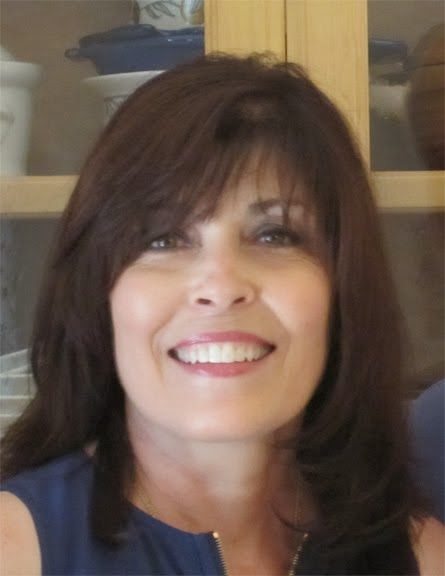
I think I've been creating music my whole life. I remember, as a child, sitting on the floor of my brother's bedroom making up tunes and pretending to play the piano on the strings of a blue plastic tennis racket. I remember writing little songs for the neighborhood "shows" we held in our garage, and being inspired to compose all the time I was growing up.
I had always longed for a piano, and I felt a great sense of accomplishment when I bought my six-foot Yamaha with money I had earned myself. I was in my early 30s at the time. I took lessons for several years, but was less inspired to play the practice pieces than to struggle through the process of creating my own tunes, simple though they were.
New inspiration arose with the birth of Heaven's Wait. I felt the need to attach melodies to the sentiments that were developing for this new world, R.J., the oddball characters and their stories. After all, Heaven's Wait is a very musical place. Its inhabitants have always had music in their lives. The characters' themes needed to be as wacky as they were, but most of the other songs needed to tell a story or reflect relevant emotions.
I believe the first piece I composed for Heaven's Wait was A Journey Above, the theme for R.J. as he traveled from the world we know to a new one somewhere beyond. I sat at my piano and cried as the melody came together. R.J.'s journey was very real to me, and the tune blossomed from the initial feeling of a lone, subdued journey to one of inner peace and splendor.
I had been away from my piano for quite a long time, so none of this work was easy for me. I knew how to write the melodies on manuscript paper from the notes I played on the piano, but writing any kind of accompaniment was purely a trial-and-error process. I just kept diligently playing around until chords and harmonies sounded right.
Then I succumbed to the big cheat. I brought the rough manuscript to my Cakewalk Music Creator program on my computer. I transcribed the music, note by note, into its system and let the program play the song for me. In fact, I've done that with all the pieces I have accumulated in my Heaven's Wait portfolio. There are so many complex facets to this project of mine that I plan to continue to deal with the music in this manner for the time being.
What have you done that's a little backwards?











